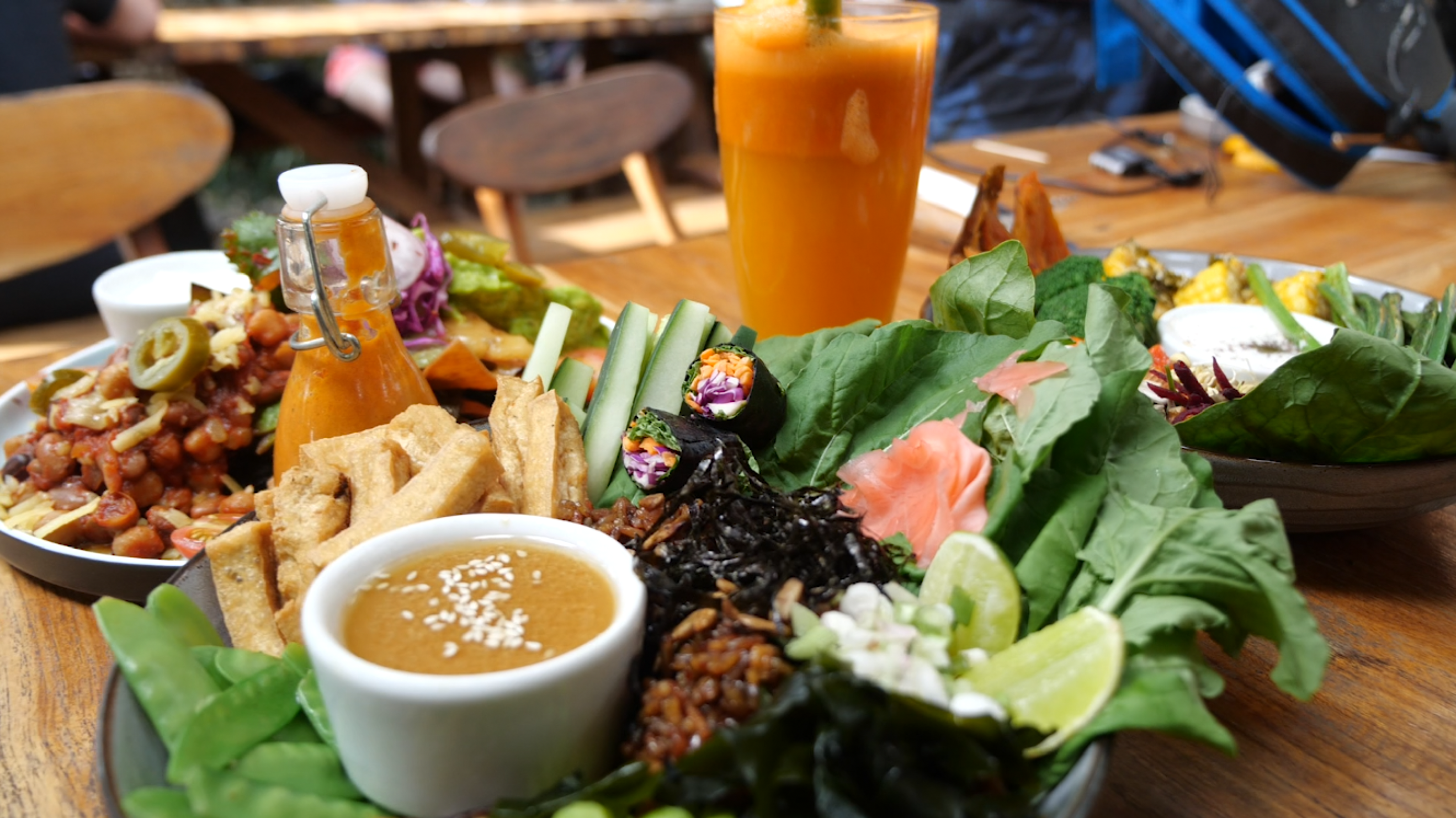
When it comes to the burgers or steaks on your plate, looks and tastes can be deceiving as “meatless meat” and “plant-based meat” gain traction.
Sales of meat alternative grew 30% in 2018 compared to the previous year, according to Nielsen Product Insider.
While the alternative meat market could grow to be worth $140 billion globally in the next ten years, according to Barclays, it’s still a small percentage of the current $1.4 trillion global meat market which is also showing no signs of slowing down.
Still, the demand for alternatives has increased.
Fad or the future of food?
Companies like Impossible Foods and Beyond Meat — which was publicly listed in May and saw its stock go up more than 600% at one point — are making plant-based protein products for the masses, and the outlook appears promising.
Fast food chains, including Carl’s Jr. and White Castle have introduced vegetarian burgers on their menus and Burger King began rolling out meatless Impossible Whoppers at all of its 7,200 locations in the U.S.
In London, salad and sandwich chain Pret a Manger is testing vegetarian-only locations, while co-working company WeWork said it will no longer reimburse its 6,000 employees for meals that contain meat.
Then there are movements such as “Meatless Monday,” which encourages people to adopt vegetarian diets at the start of each week, and “Veganuary” — a movement which saw a record 250,000 people pledge to eat vegan for the month of January.
Yet, some critics argue there is no conclusive evidence that alternatives have better nutritional value than real meat.
“We can’t really market it … as necessarily better for you, because we don’t know,” former U.S. Agriculture Secretary Dan Glickman told CNBC’s “Fast Money” recently.
“Some people eat it. It certainly won’t hurt you. It can be very tasty. But it doesn’t mean it’s better for you,” he said.
Rising meat consumption
Despite the trend in eating plant-based “meat,” global consumption for meat is still on the rise, driven in part by countries like China and Brazil which saw a massive increase in recent decades.
The average person in China, for instance, went from consuming just nine pounds of meat per year in 1961, to 137 pounds per year in 2013, according to The Economist.
“As countries get wealthier, there’s a tendency to eat more meat as a sign of wealth, as a sign of like, ‘I can afford it,'” said Lily Ng, CEO of Foodie, a food magazine and online platform based in Hong Kong.
Globally, the average amount of meat consumption has nearly doubled over the past 50 years.
Although, countries including the U.S. and the U.K. may have reached a so-called “Meat Peak” — which means total meat consumption has hit a peak and declined slightly recently. In addition to that, one in three people in the U.K. says they’ve stopped or cut down on eating meat, according to a survey by Waitrose supermarket.
Pat Brown, CEO and founder of Impossible Foods, a start-up which makes plant-based alternatives aimed to look and taste like meat, expects more customers to reassess their meat consumption. “It’s going to be a tipping point in five to ten years,” he told CNBC.
He wants to see animals removed entirely in the food system by 2035.
“Everybody’s going to realize that the animals in food technology is basically going to disappear very soon,” he said.

